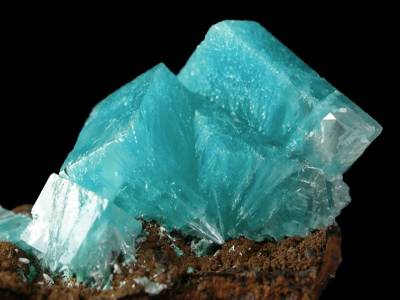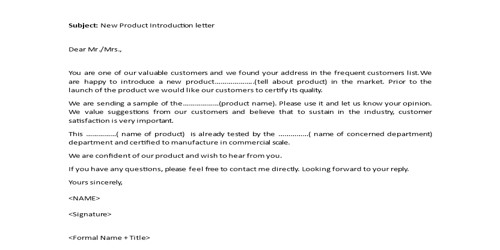Aurichalcite is a carbonate mineral, usually found as a secondary mineral in copper and zinc deposits. It was named after the Latin word for golden copper or brass, in allusion to the copper and zinc content of the mineral. Its chemical formula is (Zn, Cu)5(CO3)2(OH)6. The zinc to copper ratio is about 5:4.
Aurichalcite can be found in oxidized copper and zinc deposits in association with rosasite, smithsonite, hemimorphite, hydrozincite, malachite, and azurite. Crystals are acicular or fibrous and found in tufted aggregates. The color is an attractive grass green to pale green.
General Information
- Category: Carbonate mineral
- Formula: (Zn, Cu)5(CO3)2(OH)6
- Crystal system: Monoclinic
- Crystal class: Prismatic (2/m).

Properties
Aurichalcite can be identified in the field by its color variations such as pale green, sky blue, and greenish blue. Its transparent and non-fluorescent form has {010} perfect cleavage. This mineral has a pearly luster with a light blue streak. The fracture of this mineral is uneven. The density of aurichalcite is 3.64 – 3.9 g/cm3 with a hardness of 2 – approximate to gypsum.
- Color: Pale green, greenish blue, sky-blue; colorless to pale blue, pale green in transmitted light
- Crystal habit: Typically in tufted divergent sprays or spherical aggregates, may be in thick crusts; rarely columnar, laminated or granular
- Twinning: Observed in X-ray patterns
- Fracture: Uneven
- Mohs scale hardness: 2
- Luster: Pearly, silky
- Streak: Light blue
- Diaphaneity: Transparent
- Specific gravity: 3.96
Occurrence
Aurichalcite occurs in the oxidized zones of copper and zinc deposits. It is often associated with minerals such rosasite, azurite, hemimorphite, hydrozincite, smithsonite, and malachite.
It was first described in 1839 by Bottger who named the mineral for its zinc and copper content after the Greek όρειχαλκος, for “mountain brass” or “mountain copper”, the name of a fabulous metal. The type locality is the Loktevskoye Mine, Upper Loktevka River, Rudnyi Altai, Altaiskii Krai, Western Siberia, Russia.
Information Source;
















